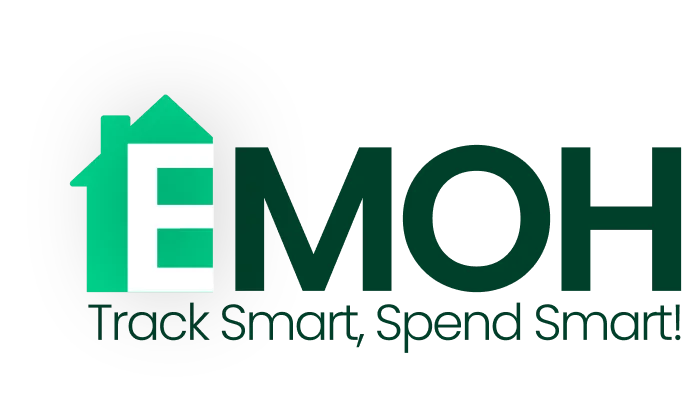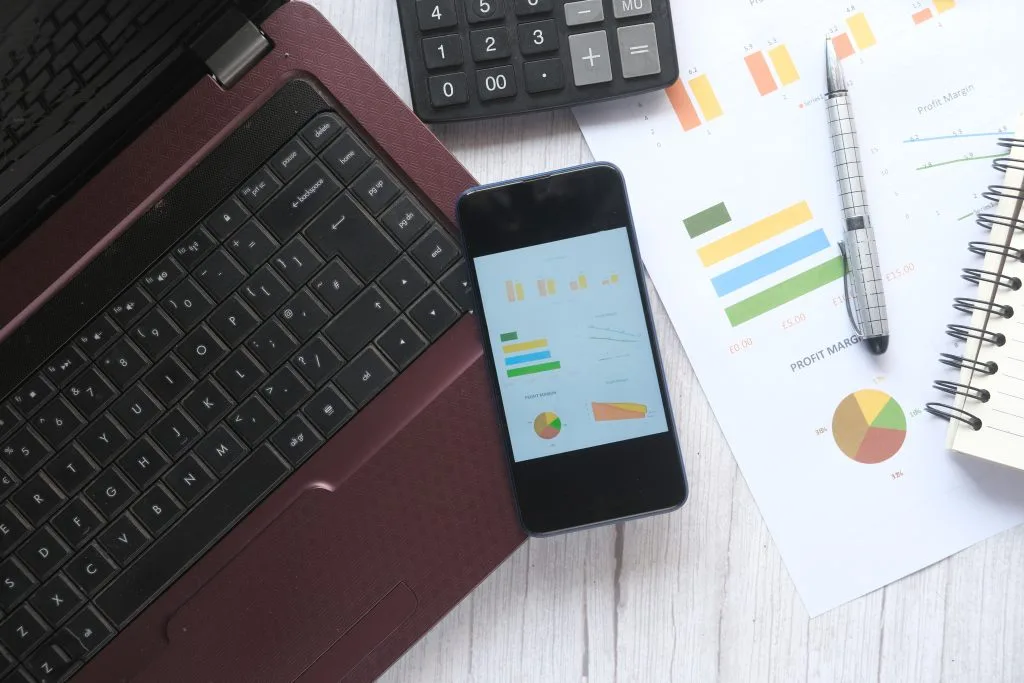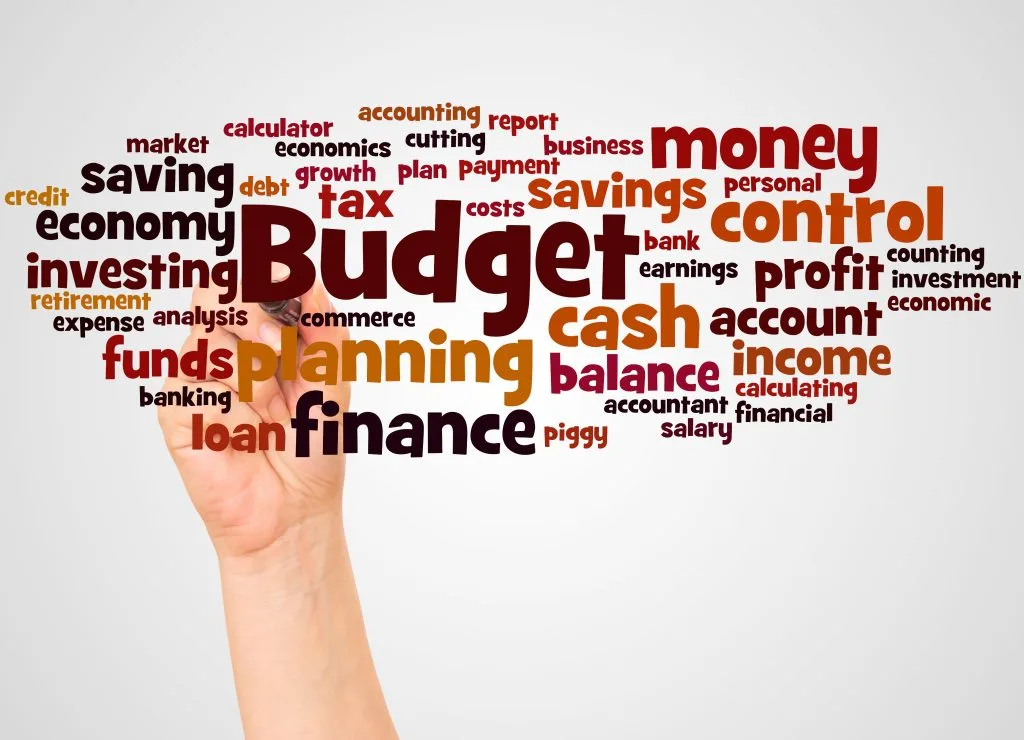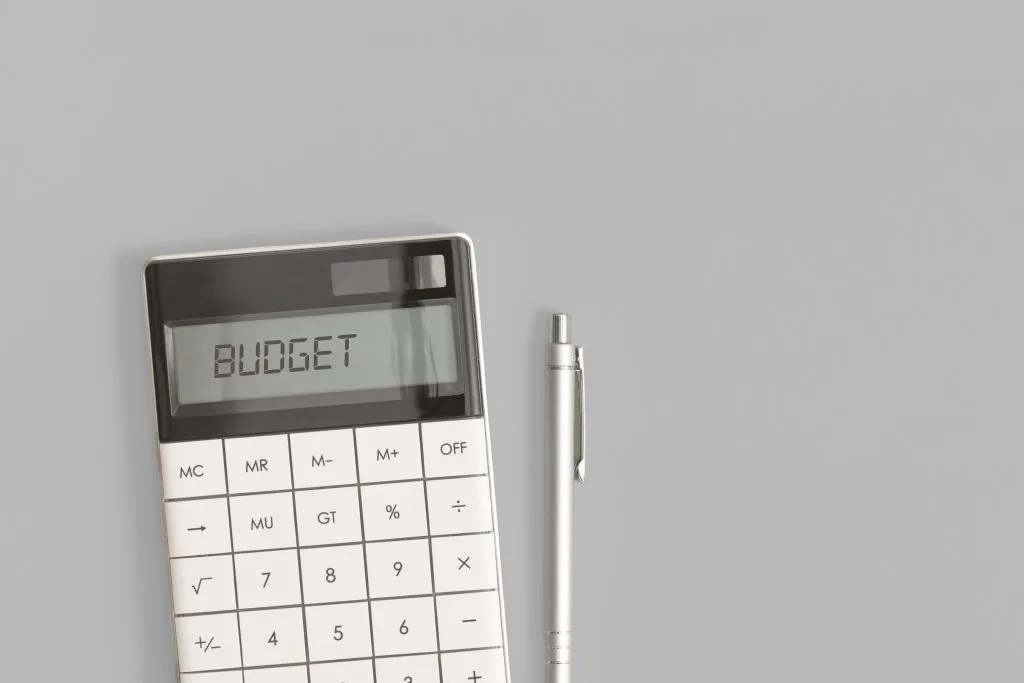Tax season in Canada can feel like a marathon you didn’t sign up for. For self-employed individuals, freelancers, and small business owners, the task of sorting through a year’s worth of expenses can be particularly daunting. This is where a dedicated tax expense tracker Canada becomes an invaluable tool, transforming chaos into clarity and stress into confidence. It’s about more than just numbers; it’s about taking control of your financial health.
This guide will walk you through the essentials of tracking your expenses for tax purposes in Canada. We’ll explore why it’s so important, which expenses you should be watching, and how modern tools can simplify the entire process. By the end, you’ll see how you can make tax time less about frantic searching and more about strategic filing.
Why Meticulous Expense Tracking is Non-Negotiable
Proper expense tracking is the foundation of a smooth tax filing experience. When you accurately record every eligible business expense, you ensure you are claiming all the deductions you’re entitled to. This directly reduces your taxable income, meaning you pay less tax. Forgetting or losing track of even small expenses can add up over the year, costing you significant money.
Beyond the savings, organized records are your best defense in the event of a Canada Revenue Agency (CRA) review or audit. The CRA requires you to keep detailed records of your income and expenses for a minimum of six years. Having everything neatly organized in a digital format not only makes this requirement easy to meet but also demonstrates professionalism and due diligence. It shows that you are serious about your business and your financial obligations.
Key Expense Categories for Self-Employed Canadians
Understanding what you can claim is half the battle. While the specific expenses depend on your industry, some common categories apply to most self-employed individuals. A good tracking system allows you to organize your spending into proper categories for taxes, making the process much easier.
Here are some of the most important expense categories to monitor:
Home Office Expenses
If your home is your principal place of business, you can deduct a portion of your home-related costs. This includes a percentage of your rent, utilities (heat, electricity, water), home insurance, property taxes, and internet service. The portion you can claim is based on the size of your workspace relative to the total size of your home.
Vehicle Expenses
Do you use your personal vehicle for business purposes? You can claim expenses related to its work use. This requires keeping a detailed logbook of your mileage. Deductible costs include fuel, insurance, registration fees, maintenance, repairs, and even a portion of the vehicle’s lease or purchase price through Capital Cost Allowance (CCA).
Office Supplies and Professional Fees
This category is broad and covers many day-to-day operational costs. Think about things like:
- Stationery, pens, and printer paper
- Software subscriptions (like project management tools or accounting software)
- Professional membership dues
- Legal and accounting fees
- Business bank account fees
Keeping track of these smaller, recurring costs is crucial, as they can add up to a substantial deduction.
Meals and Entertainment
You can claim 50% of the amount spent on meals and entertainment for business purposes. This could be a lunch meeting with a client or taking a potential partner to an event. It’s essential to document the date, amount, location, and the business purpose of the expense.
The Modern Solution: Ditching the Shoebox for an App
The days of stuffing paper receipts into a shoebox are over. A digital tax expense tracker Canada streamlines the entire process, saving you time and reducing the risk of errors. Applications like EMOHPay App are designed specifically to simplify life for Canadian entrepreneurs and freelancers.
With an app, you can snap a photo of your self-employed receipts the moment you get them. The software uses optical character recognition (OCR) to automatically pull key information like the vendor, date, and amount. You can then instantly categorize the expense and add notes. This real-time tracking means you never have to worry about losing a receipt or forgetting what a purchase was for.
By the time tax season rolls around, the heavy lifting is already done. Instead of a mountain of paperwork, you have clean, organized digital records ready for your CRA tax prep. The ability to generate comprehensive expense summaries and reports with just a few clicks is a game-changer.
Preparing Your Year-End Report with Ease
One of the most powerful features of a digital expense tracker is its reporting capability. As the end of the year approaches, you can generate a detailed year-end report that summarizes all your income and categorized expenses. This report is essentially a roadmap for completing your tax return.
The EMOHPay App allows you to filter your transactions and export only the data relevant to your tax filing. This clean, organized data can be shared directly with your accountant or used to fill out the T2125 Form (Statement of Business or Professional Activities) yourself. This level of organization not only simplifies the process but also provides a clear overview of your business’s financial performance throughout the year. It empowers you to make smarter financial decisions moving forward.
Take Control of Your Taxes Today
Adopting a robust system for tracking your expenses is one of the smartest business decisions you can make. It removes the anxiety from tax season, ensures you maximize your deductions, and keeps you compliant with CRA regulations. Using a dedicated app designed for Canadians is the most efficient way to achieve this.
Investing a few minutes each week to log your expenses will pay huge dividends when it’s time to file. You’ll have more time to focus on what you do best—running your business—knowing that your finances are in perfect order. Make this the year you embrace a better way to manage your business expenses with a powerful and intuitive tax tracker.
Frequently Asked Questions
How soon before filing should I start organizing?
You should start organizing your expenses from the very first day of the fiscal year to ensure nothing is missed.
What categories matter most for self-employed Canadians?
Key categories include home office expenses, vehicle use, office supplies, professional fees, and meals and entertainment.
Can I export only tax-relevant transactions?
Yes, a good expense tracker app allows you to filter and export only the transactions needed for your tax return.










